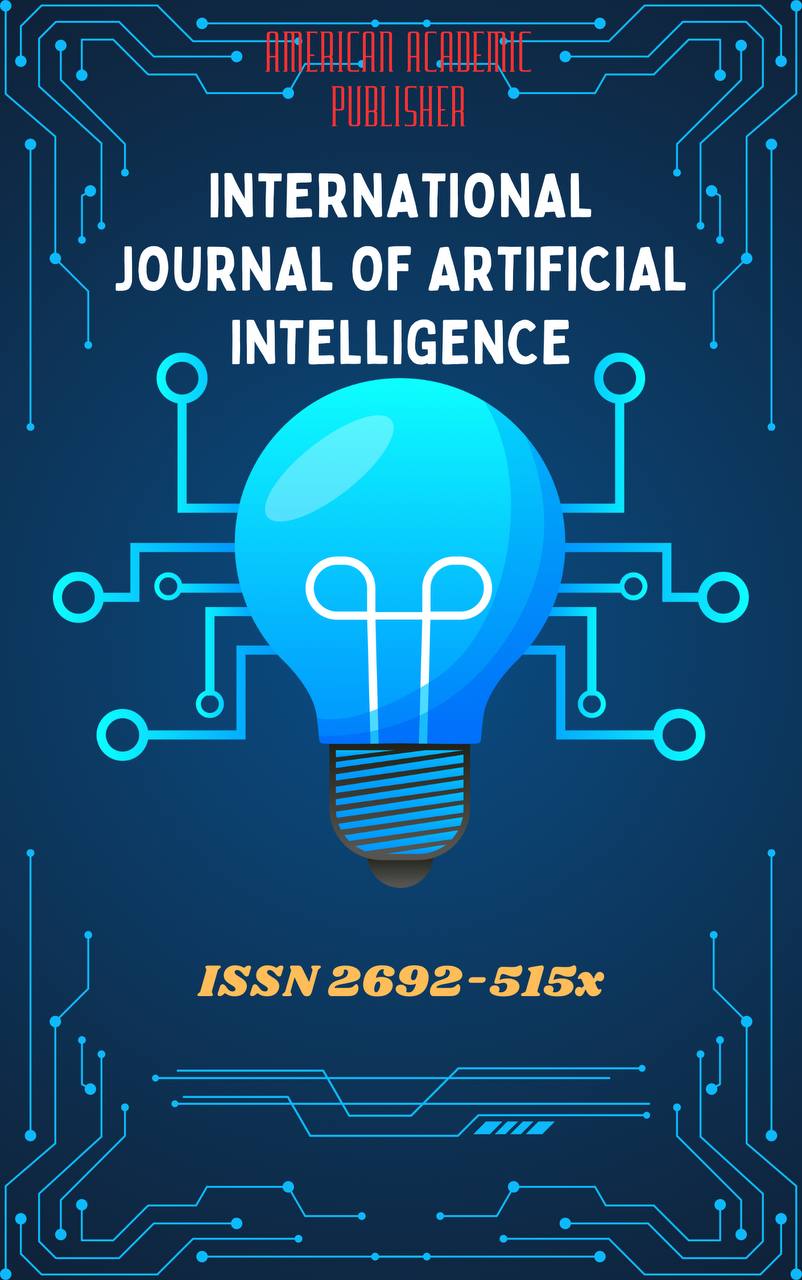 Articles
| Open Access |
Articles
| Open Access | PUBLIC SERVICE SYSTEMS: PROBABILITIES AND OPTIMIZATION
Mamatova Zilolakhon Khabibullokhonovna,Eshmamatova Nozimakhon Saydulla qizi , Fergana State UniversityAbstract
Queueing theory is a field of probabilistic systems that studies random demand flows and service processes. This theory was developed based on A. Erlang’s research on telephone exchanges and is applied in various fields such as telecommunication, commerce, transportation, maintenance, and others. The main elements of the system include: incoming flow, queue, service node, and outgoing flow. The incoming flow represents the process of random demand arrivals, while the queue reflects the order in which services are awaited. The service node may consist of one or multiple channels, and the outgoing flow represents the served demands. The Poisson process is the most common type of incoming flow, characterized by stationarity, ordinariness, and lack of aftereffects. Service time often follows an exponential distribution. The efficiency of the system is assessed using indicators such as the utilization coefficient, waiting time in queue, time spent in the system by requests, and both relative and absolute throughput. Queueing systems can be open or closed, with or without waiting, and single-channel or multi-channel. The theory plays an important role in managing queues, optimizing resources, and improving service quality in practice.
Keywords
Queueing system, demand, arrival flow, queue, service node, departure flow, probabilistic system, stationary flow, ordinary flow, Poisson process, service time, transition probability, utilization coefficient, average number of requests, average waiting time in queue, average time a request spends in the system, relative throughput, absolute throughput.
References
Erlang, A. K. (1917). Solution of Some Problems in the Theory of Probabilities of Significance in Automatic Telephone Exchanges. Post Office Electrical Engineers’ Journal.
Kleinrock, L. (1975–1976). Queueing Systems, Volume 1: Theory & Volume 2: Computer Applications. Wiley-Interscience.
Gross, D., & Harris, C. M. (2013). Fundamentals of Queueing Theory (5th ed.). Wiley.
Medhi, J. (2002). Stochastic Models in Queueing Theory (2nd ed.). Academic Press.
Cooper, R. B. (1981). Introduction to Queueing Theory (2nd ed.). North-Holland.
Bhat, U. N. (2015). An Introduction to Queueing Theory: Modeling and Analysis in Applications (2nd ed.). Birkhäuser.
Taha, H. A. (2017). Operations Research: An Introduction (10th ed.). Pearson.
European Journal of Operational Research (Articles on queueing systems).
Queueing Systems (Articles on network queueing systems).
Scientific publications of Tashkent University of Information Technologies and Samarkand State University (articles on network systems and logistics).
Article Statistics
Downloads
Copyright License

This work is licensed under a Creative Commons Attribution 4.0 International License.

